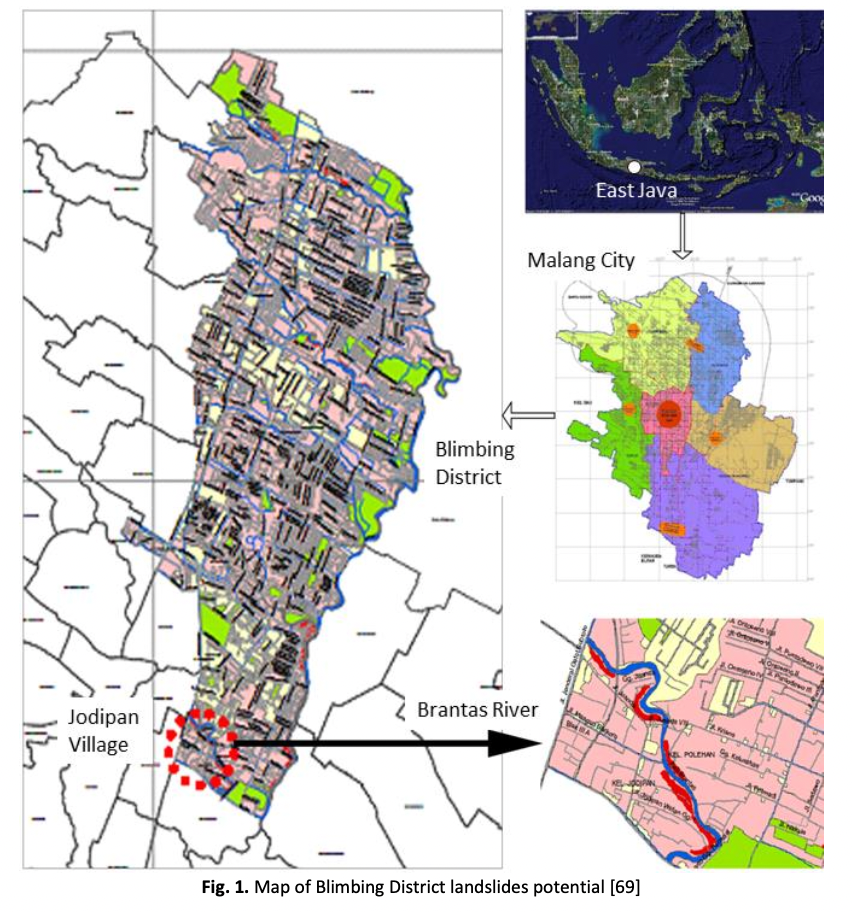Urban Phytoarchitecture Design Options: Greenspace Orientation and Tree Species Intensification
DOI:
https://doi.org/10.37934/araset.31.1.183196Keywords:
Air quality, biodiversity, carbon dioxide, natural resources, sustainable citiesAbstract
This paper discussed a new perspective on the path of sunlight as a basis for urban phytoarchitecture design, which empowers the ability of plants to absorb carbon dioxide and simultaneously lowers the surface temperature. The aim was to provide options for intensifying greenspace orientation and plant types as one of the goals of a sustainable city. This research analysed previous research sources collected from the reference management platform. The literature selection uses the keywords greenspace, orientation, carbon dioxide, and surface warming, all of which are the latest publications. The result for the first option was the orientation of the greenspace following the path of sunlight. For urban infrastructure in a North-South direction, it was advisable to intensify greenspace by planting trees that absorb large amounts of carbon dioxide. In addition, it was recommended to apply biodiversity to enhance the absorption of the gas. For East-West oriented infrastructure sites, intensifying greenspace with sunshade trees was the right choice, and biodiversity was not a limiting factor because it does not support leaf area growth. While the first option cannot be followed due to existing field conditions, the second option is intensifying tree species with biodiversity, which can absorb carbon dioxide and reduce surface warming.
Downloads





























